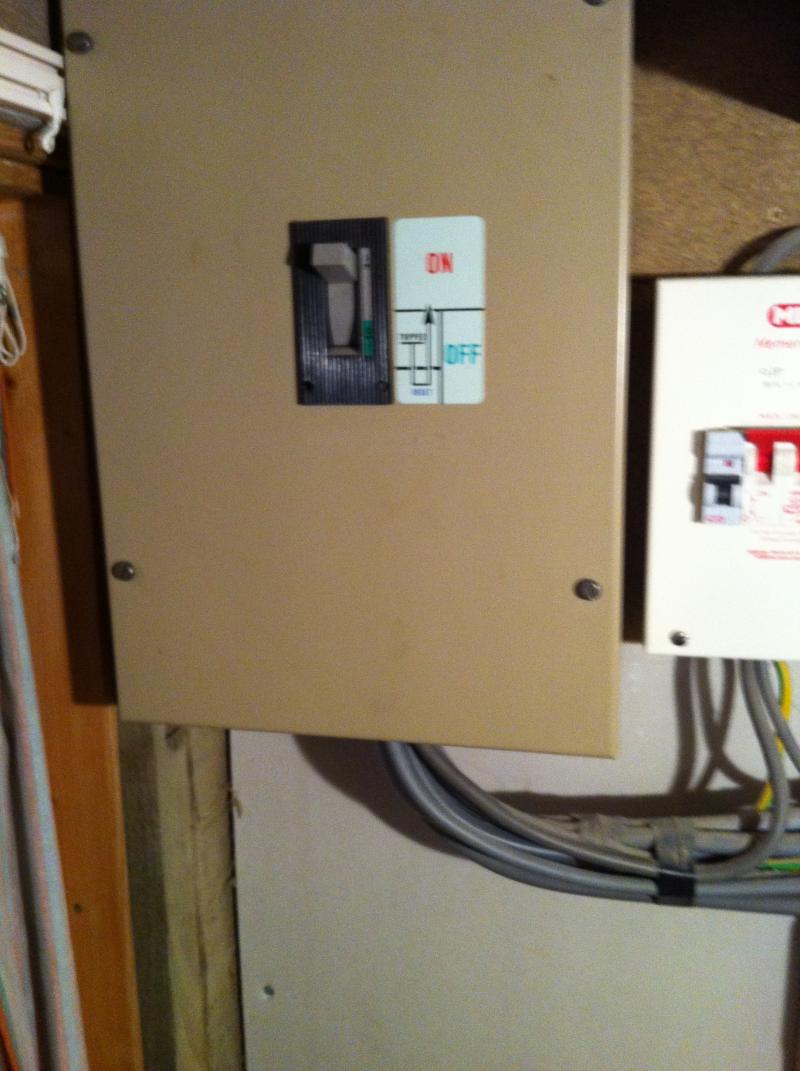Personally I would try and split the outbuldings up into two separate circuits from the house (maybe make both single phase circuits but on different phases?). This would eliminate the second crossing of the road, reduce the demand on any particular circuit and reduce the length of the longest circuit. BTW it is perfectly fine to cleat SWA to the outside of buidlings.
More detail on each of the boards (photos if possible) especially the main board in the house would be useful if you want advice on how best to make connections. It would also be good to know the size of connection from the garage to the cottage.
It would also be useful to have a list of what equipment you have in each outbuilding and what the buildings are used for. Is there any electricity supply to the barn at all?
Firstly if main bonding is needed in the outbuilding (it will be if there are pipes coming in from underground) you need to make sure your earth is up to main bonding standards. Assuming this is a fairly normal sized supply and you use 10mm or 16mm 3-core with a core as earth this shouldn't be a problem.
Secondly TN-C-S isn't reccomended for farm buildings because voltage gradiants in the earth can have a bad affect on livestock. I don't know if this is an issue for these particular buildings.
More detail on each of the boards (photos if possible) especially the main board in the house would be useful if you want advice on how best to make connections. It would also be good to know the size of connection from the garage to the cottage.
It would also be useful to have a list of what equipment you have in each outbuilding and what the buildings are used for. Is there any electricity supply to the barn at all?
There are a couple of things you need to be aware of if you do use the PME earth for outbuildings.securespark, why do you recommend changing the existing TN-C-S supply to TT ?
what's wrong with extending the earth conductor from the existing distribution board?
Firstly if main bonding is needed in the outbuilding (it will be if there are pipes coming in from underground) you need to make sure your earth is up to main bonding standards. Assuming this is a fairly normal sized supply and you use 10mm or 16mm 3-core with a core as earth this shouldn't be a problem.
Secondly TN-C-S isn't reccomended for farm buildings because voltage gradiants in the earth can have a bad affect on livestock. I don't know if this is an issue for these particular buildings.


